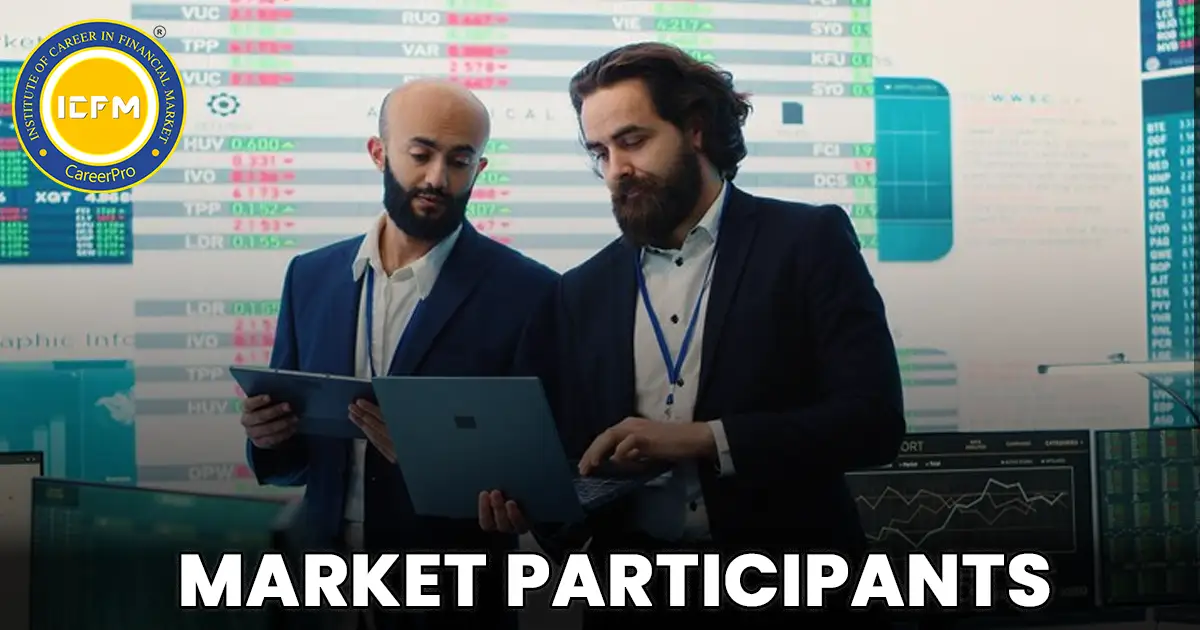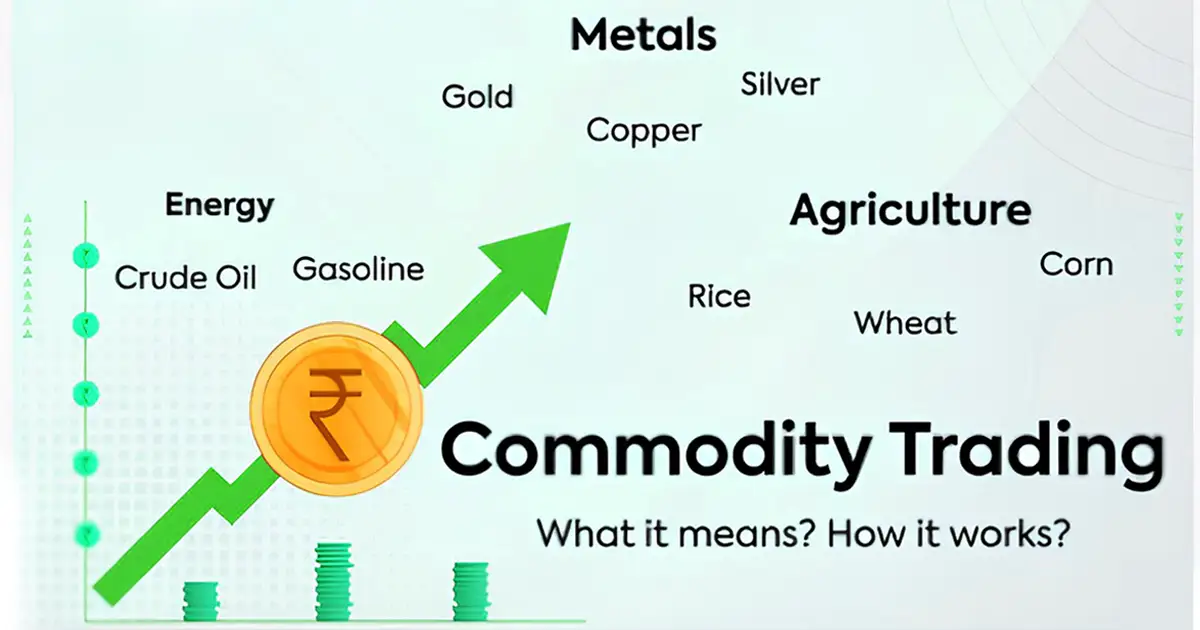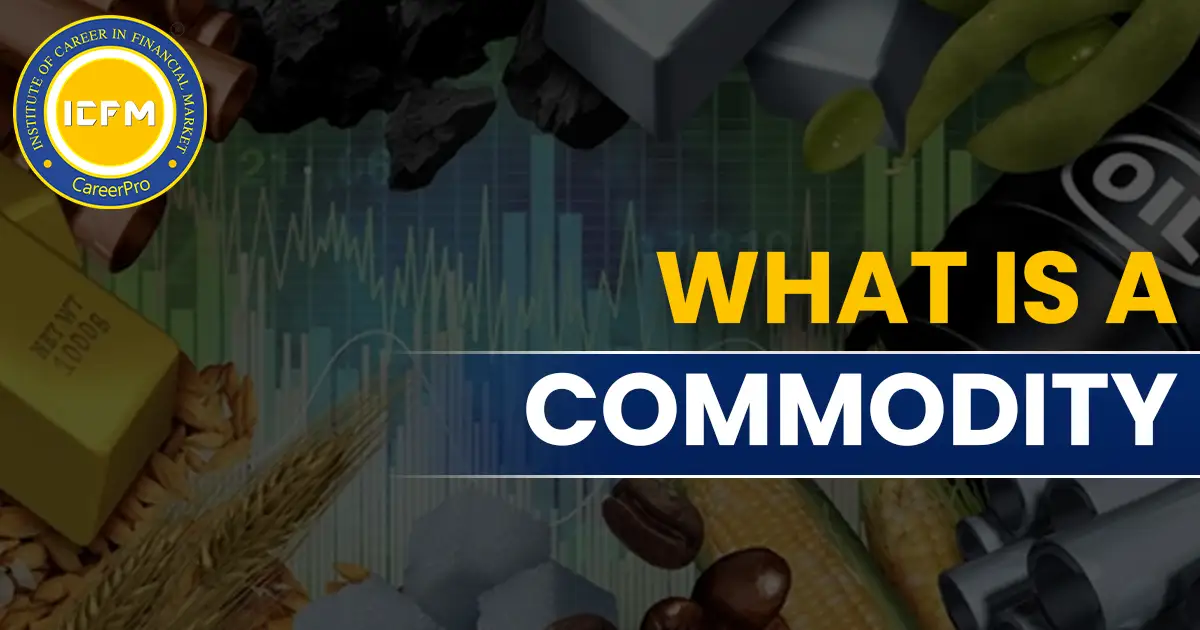The commodity futures market is such a dynamic environment with so many participants, each playing different roles. Here is a general overview of the key players that make this market work.
1. Scalpers and Day Traders
Scalpers and day traders thrive on rapid trades, maintaining positions for only minutes or even seconds in some cases. Their goal is intraday price changes. Although they provide essential liquidity through very high trading volumes, their speculative activities sometimes skew the building-up process of prices.
2. Hedgers
Hedgers will provide the backbone for the futures market. These are basically producers or consumers of commodities which need to cut down on price risk. They position themselves in the futures market to offset their respective spot market activities that stabilizes revenue and controls costs proficiently.
3. Speculators
Unlike hedgers, speculators do not have a real interest in the underlying commodity. They aim at profiting from price changes. They typically hedge highly leveraged and invest only a minimal percentage of the overall value of a contract. They withstand a greater degree of risk but produce the liquidity which balances the forces that push for both buying and selling in the market.
4. Arbitrageurs
They take advantage of price differences between various markets. Buying and selling the same commodities simultaneously facilitates prices that otherwise stay better balanced for the greater good.
5. Aggregators
Aggregators, such as cooperatives to farmers and NGOs, are inalienable in linking up producers to the futures market. Aggregators will increase liquidity, and help farmers counterprice risk, and thus ensure that small farmers and large produce operators all can participate effectively.
6. Position Traders
They run for weeks or even months expecting the price to move in their favor. Since there is a potential for plenty of risk and reward, position traders are generally more careful while choosing a position.
7. Brokers
The brokers are the lifeline for connecting both parties of the market, the hedgers and the speculators. Their commission is what makes them earn from the buyers connecting to the sellers and vice-versa.
8. The Exchange
The exchange is that central platform where all trading is conducted, online or in person. It standardizes contracts and creates a marketplace where all participants can view it as fair play.
9. Regulators
Regulators, such as the Forward Markets Commission in India, oversee the market to ensure that fair practices are followed and to protect participants. They are very critical to fostering trust within the trading ecosystem.
The commodity futures market is quite a lively landscape composed by the contributions of various players that account for the overall functionality and efficiency. Of course, knowing such roles can help navigate the market, but it also can reveal the interconnectedness of those participants. Whether as a trader or as producer, going through those dynamics can really facilitate your understanding of this fascinating market.






